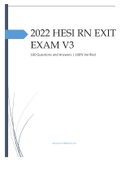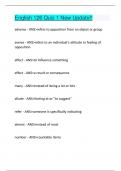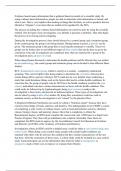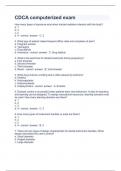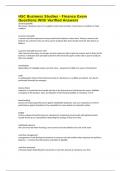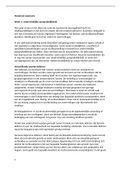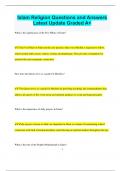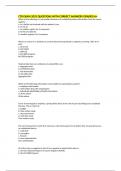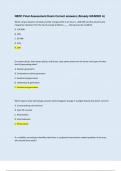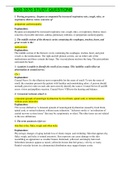Exam (elaborations)
HESI RN EXIT EXAM V3 - 160 Questions and Answers | 100% Verified
- Course
- Institution
2022 HESI RN EXIT EXAM V3 - 160 Questions and Answers | 100% Verified 2022 HESI RN EXIT EXAM V3 1. A male client with stomach cancer returns to the unit following a total gastrectomy. He has a nasogastric tube to suction and is receiving Lactated Ringer’s solution at 75 mL/hour IV. One hour a...
[Show more]
